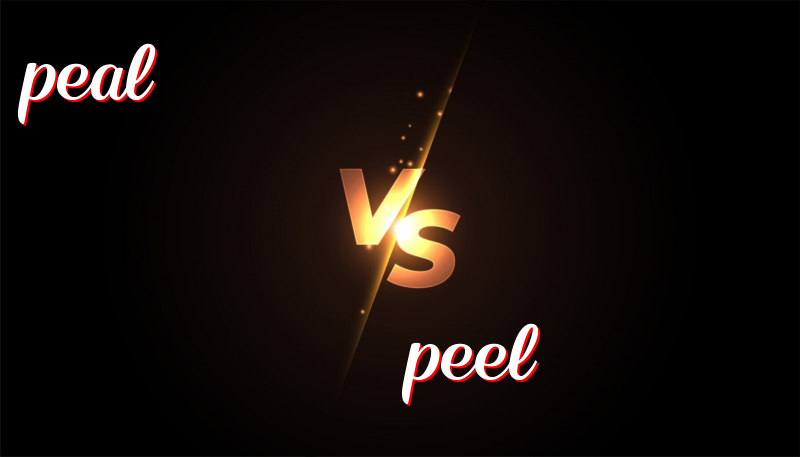英語單詞Peal 與 Peel的區別
詳細描述”Peal” 與 “Peel” 的差別
在學習英語的過程中,瞭解同音異義詞(homophones)例如”peal” 和 “peel” 是非常重要的。這兩個單詞在發音上非常相似,但它們的意義和用法完全不同。下面,我們將詳細介紹這兩個詞的歷史、用法,以及記住它們差異的小技巧。
“Peal”的歷史及用法
“Peal” 這個詞通常用來描述鐘聲、鈴聲等連續響起的聲音。它源自中世紀英語”pele” 或 “paele”,意為鐘聲。這個詞通常用來形容一個系列的鐘聲或鈴聲。
例句: “Peal”
1. The cathedral’s bells began to peal at noon.
大教堂的鐘聲在中午開始響起。
2. A loud peal of thunder startled everyone.
一聲巨大的雷鳴驚嚇了所有人。
3. The peal of laughter from the kids could be heard across the park.
孩子們的笑聲在整個公園都聽得到。
4. The church bells started to peal in celebration.
教堂的鐘聲開始響起,慶祝著什麼。
5. Each peal of the bell signaled the start of a new hour.
每一次鐘聲的響起都表示新的一個小時的開始。
“Peel”的歷史及用法
“Peel” 這個詞指的是去除表皮或表層。它源自中古英語”pilen”,意為剝皮。日常用語中,我們常常會用到”peel”比如剝水果皮。
例句: “Peel”
1. She carefully peeled the apple before eating it.
她小心地剝了蘋果的皮才吃。
2. It’s easier to peel a banana from the bottom.
從底部開始剝香蕉的皮比較容易。
3. The paint started to peel off the walls.
牆上的油漆開始剝落。
4. He used a knife to peel the potato.
他用一把刀來剝土豆的皮。
5. The sunburn caused his skin to peel.
曬傷使他的皮膚脫皮。
記住差異的小技巧
記住”peal” 和 “peel” 的差異可以用以下方法:
- P-e-a-l: 想象這個詞中間的 “e-a” 是 一組鈴鐘在響(”e-a” = “響 (E.A.) 吧” )
- P-e-e-l: “e-e” 代表 剝兩次皮的動作(就像剝除兩層的表皮)
總結
“Peal” 用來表示響亮且連續的鐘聲,而 “Peel” 則用來表示剝皮的動作。雖然它們發音相似,但在理解這兩個詞的意思和如何正確使用它們時,記住一些小技巧會對你的英語學習非常有幫助。

Leave a Reply
You must be logged in to post a comment.